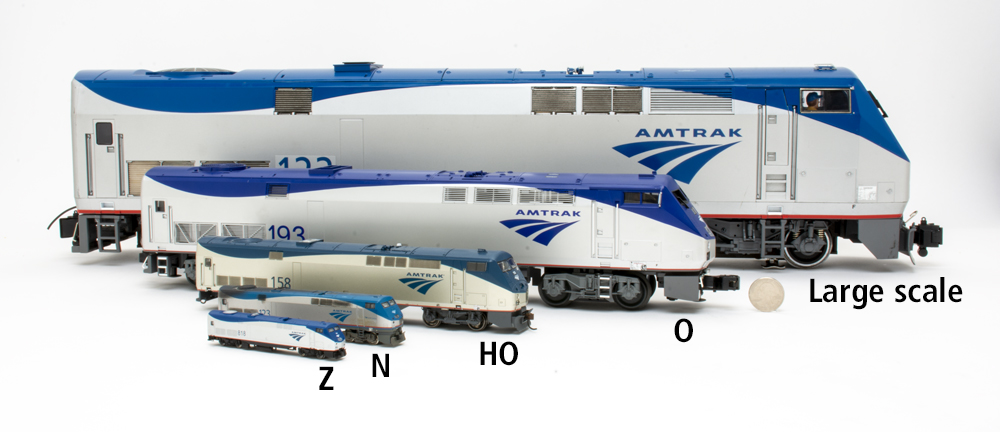
Q: I want to get back into model railroading, but I’m stuck on choosing a modeling scale. I don’t know whether to go with HO or N. Please give me the pros and cons of each. – John Sala
A: Choosing a modeling scale is one of the most consequential decisions a modeler faces, right up there with era, locale, and prototype. It’s also a very subjective choice. While both HO scale (1:87.1) and N scale (1:160, about half the size of HO) have their advantages and limitations, it’s entirely up to you to decide how important each of these factors are. When choosing a modeling scale, you’ll have to think about what aspects of the hobby you most enjoy and what you want out of your layout.
How much space do you have for your layout? If you have a basement or sizable spare room, you have a choice. But if your space is limited, you might find it hard to fit the railroad you want in HO scale. You can fit more railroad in less space in N.
Would you rather run a local freight or a long unit train? Since HO scale models are physically larger, unless you’ve got a lot of space for your layout, you’ll be better off running shorter trains in HO. N scale is great for running long trains – 20 or 30 cars with multiple-unit motive power on the front. Long trains like that need long passing sidings, which can be hard to fit in HO. On the other hand, it’s easier in HO scale to do all the coupling and uncoupling local switching calls for.
Do you want DCC sound? While locomotives with sound are available in both scales, smaller locomotives, like switchers, often don’t have space for a speaker in N scale. And those that do have speakers don’t produce low bass tones as well as the larger speakers in HO scale engines. If sound is important to you, lean toward HO when choosing a modeling scale.
How much do you enjoy detailing? Not just locomotives and rolling stock, but structures, scenery, figures, and more. Not only is it easier to do the work of detailing in HO scale, it’s also easier to see the detail – which makes it more obvious when something is not well weathered or detailed. N scale is better for “big picture” modelers. If you want to superdetail in N scale, you’ll need good eyes, steady hands, and a lot of patience. But since it’s not as easy to see fine details in that scale, they aren’t as necessary.
How about scratchbuilding and kitbashing? There are a lot of great products available in N scale, but nowhere near as many as in HO. If you go for N scale, you’ll have a smaller selection of structures, rolling stock, and scenery products (like trees), so you may have to turn to kitbashing and scratchbuilding for more projects.
Do you want urban or rural scenery? For realistic mountains, prairies, and cliff faces, you can’t beat 1:160. N scale trains look great snaking through broad scenic vistas that dwarf the trains. But if your plans include a big city scene, you’re going to spend a lot more in both time and money filling up that space with structures in N scale. Since HO structures are bigger, you can build a convincing city with fewer of them.
Speaking of structures, what’s your philosophy on selective compression? That’s where structures are built to resemble the prototype buildings, but key dimensions are shrunk by omitting a loading door here or a row of windows there. If you want your industries to look big enough to actually warrant rail service, go for N scale. If you don’t have a problem with selective compression, background flats, and similar space-saving tricks, HO scale works.
Do you think you’d ever want to hand-lay track? It can be done in both scales, but believe me, it’s a lot easier in HO.
Finally, if I may be so bold as to ask, how old are you? How good is your eyesight and how steady are your hands? If you’re confident in your ability to model in N scale now, go for it, but face it – as time goes on, your vision and dexterity aren’t going to get better. We’re all on a one-way trip. If you foresee fine work getting difficult not too many years down the road, choose HO… or even O scale.
For more info to help you in choosing a modeling scale, see “Model train scales explained.”
Send us your questions
Have a question about modeling, operation, or prototype railroads? Send it to us at AskTrains@Trains.com. Be sure to put “Ask MR” in the subject.






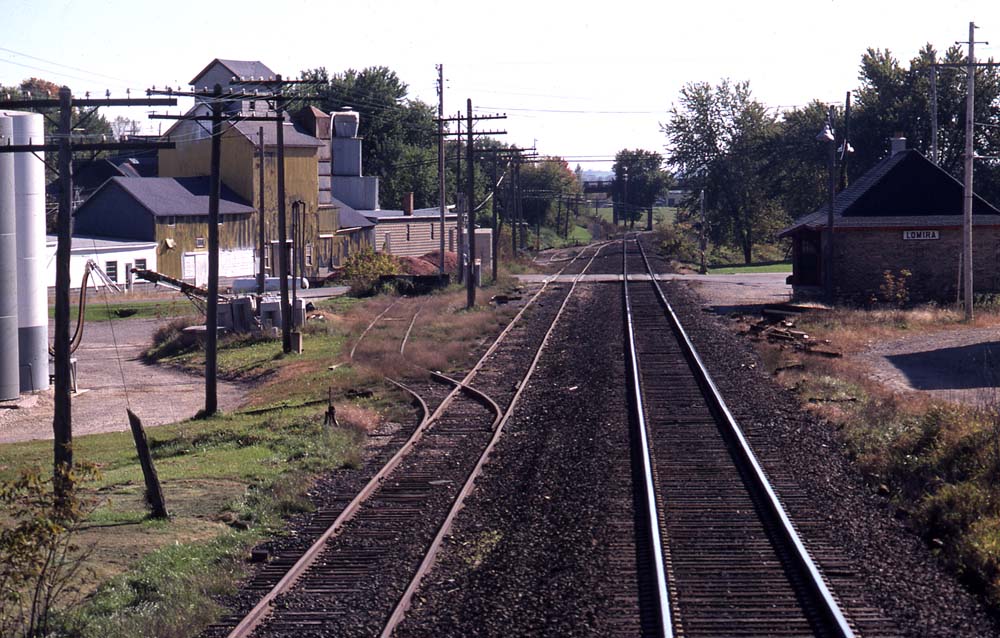
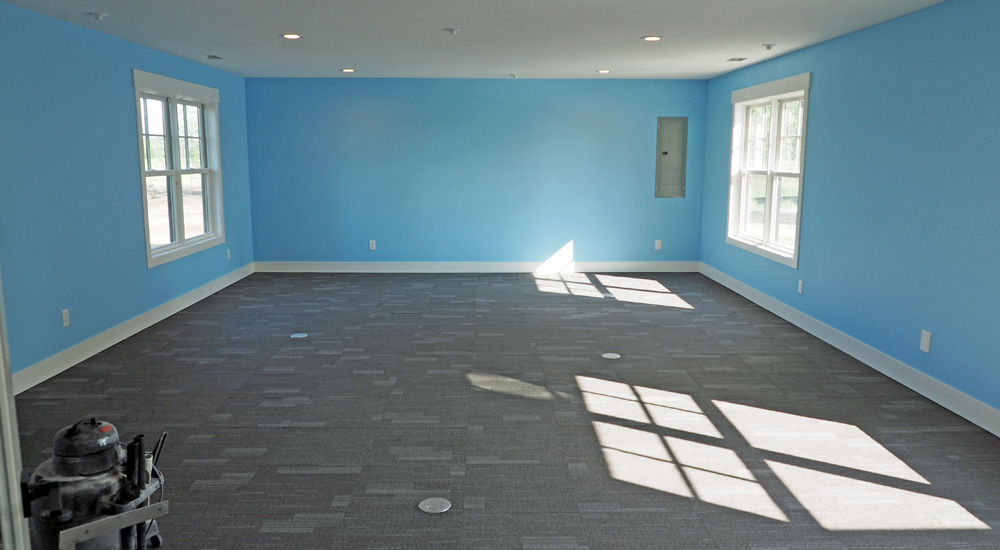
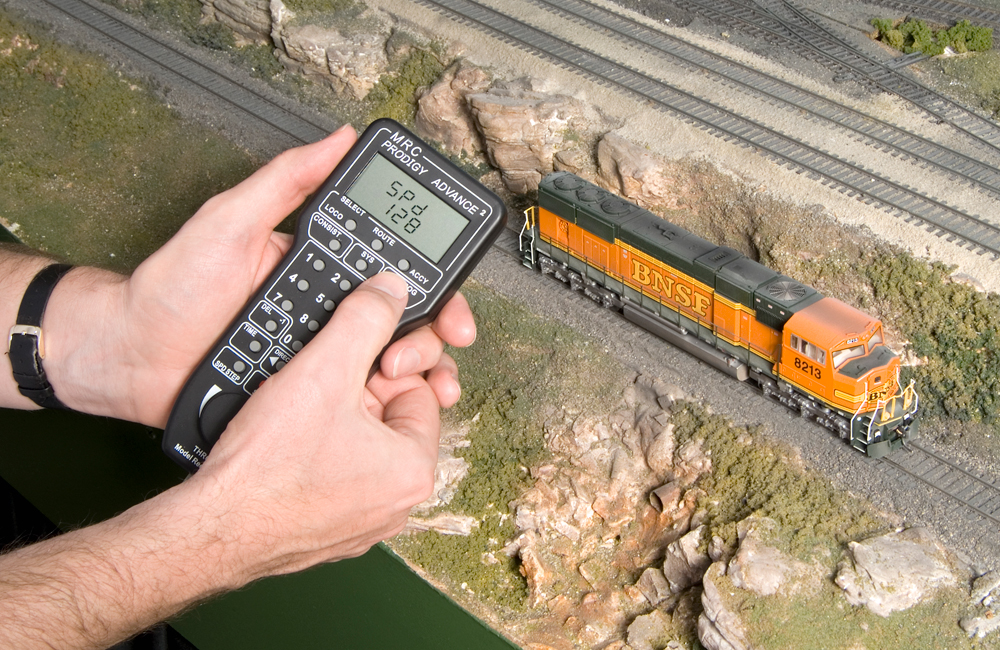
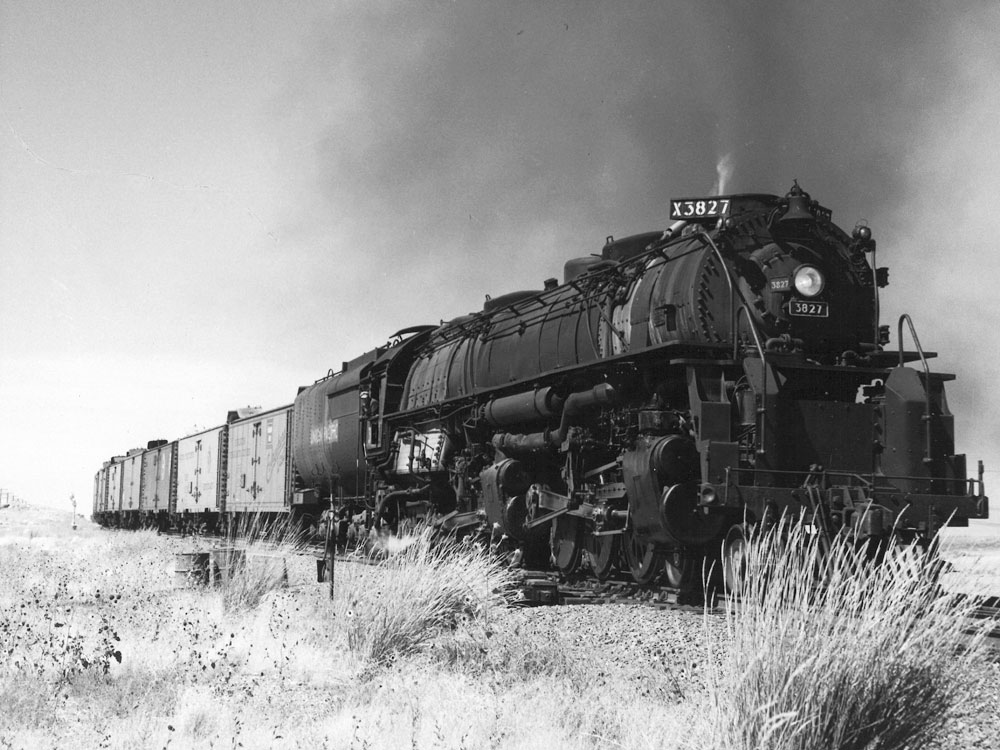




Extremely disappointed with your continual exclusion of “S” scale as a viable scale.